Johnson Magnetic Generator
- Category Digital Products
- Tag: Product
Price:
-

Delivery
Worldwide coverage or instant download to your computer -

Product
Guaranteed 100% genuine
good quality -

Bill
Provide invoice
Share
Permanent magnet electrical generator with improved efficiency
Patent CA 2368426 A1
by Bud T.J. Johnson (Filed in 2002)
It is basically the same as Hogan-Jakovlewich patent
“In the rotary embodiment of the permanent magnet motor of the invention the stator magnets are arranged in a circle, and the armature magnets rotate about the stator magnets. Means are disclosed for producing relative axial displacement between the stator and armature magnets to adjust the axial alignment thereof, and thereby regulate the magnitude of the magnetic forces being imposed upon the armature magnets. In this manner the speed of rotation of the rotary embodiment may be regulated.”
“Preferably, a plurality of armature magnets are used which are staggered with respect to each other in the direction of armature magnet movement. Such an offsetting or staggering of the armature magnets distributes the impulses of force imposed upon the armature magnets and results in a smoother application of forces to the armature magnet producing a smoother and more uniform movement of the armature component.”
“In the rotary embodiment of the permanent magnet motor of the invention the stator magnets are arranged in a circle, and the armature magnets rotate about the stator magnets. Means are disclosed for producing relative axial displacement between the stator and armature magnets to adjust the axial alignment thereof, and thereby regulate the magnitude of the magnetic forces being imposed upon the armature magnets. In this manner the speed of rotation of the rotary embodiment may be regulated.”
✔ You probably did not know: Homemade generator!
✔ You will be shocked by the easy way to build ...
✔ Generates Energy-On-Demand:
۞Secret of NIKOLA TESLA: Rotating Magnetic Field 🧐۞
✰ Honestly, it’s like nothing you’ve ever seen and in a fe w minutes from now you’ll be outraged you ever paid a single cent to Big Electric…
✰ So you absolutely need to watch this short presentation today, while it’s still up…
✰* ✰* ✰* ✰* ✰*
Review: Free Energy Generator
“Amazing Magnet-Powered Motor”
by Jorma Hyypia
“We don’t grant patents on perpetual motion machines,” said the examiners at the U.S. Patent Office. “It won’t work because it violates the law of Conservation of Energy,” said one physicist after another. But because, inventor Howard Johnson is not the sort of man to be intimidated by such seemingly authoritative pronouncements, he now owns U.S. Patent No. 4,151,431 which describes how it is possible to generate motive power, as in a motor, using only the energy contained in the atoms of permanent magnets. That’s right. Johnson has discovered how to build motors that run without an input of electricity or any other kind of external energy!
The monumental nature of the invention is obvious, especially in a world facing an alarming, escalating energy shortage. Yet inventor Johnson is not rushing to peddle his creation as the end-all solution to world-wide energy problems.
He has more important work to do. First, there’s the need to refine his laboratory prototypes into workable practical devices -in particular a 5,000-watt electric power generator already in the building. His second and perhaps more difficult major challenge: persuade a host of skeptics that his ideas are indeed practical.
Johnson, who has been coping with disbelievers for decades, can be very persuasive in a face-to-face encounter because he can do more than merely theorize; he can demonstrate working models that unquestionably create motion using only permanent magnets. When this writer was urged by the editor of Science & Mechanics to make a thousand mile pilgrimage to Blacksburg, Virginia, to meet with the inventor, he went there as an “open-minded skeptic” and as a former research Scientist determined not to be fooled. Within two days, this former skeptic had become a believer. Here’s why.

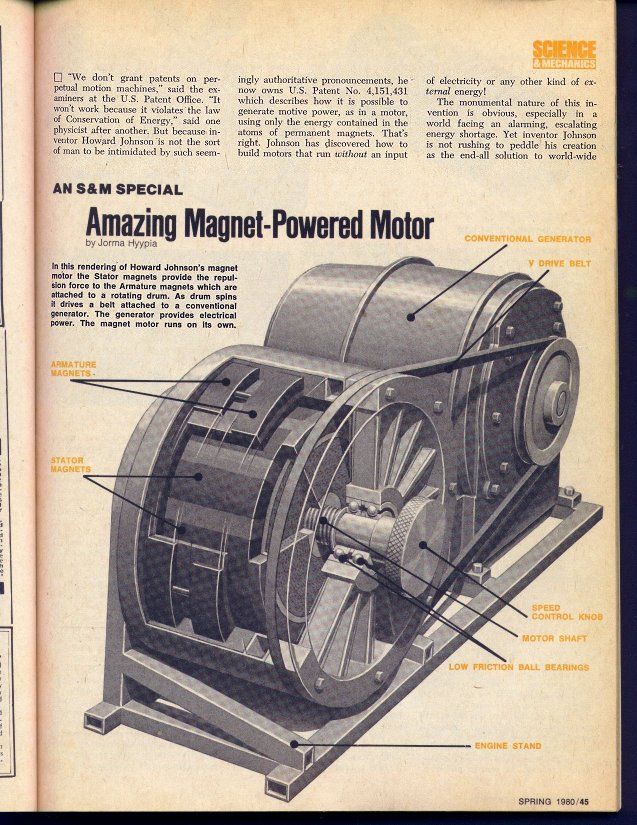
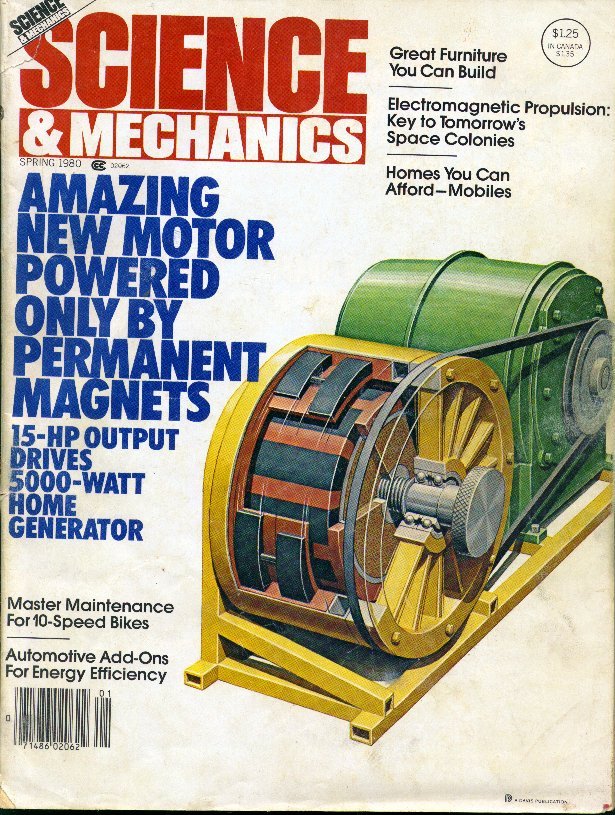
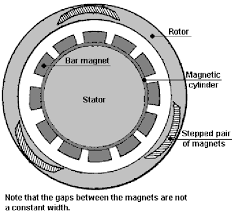
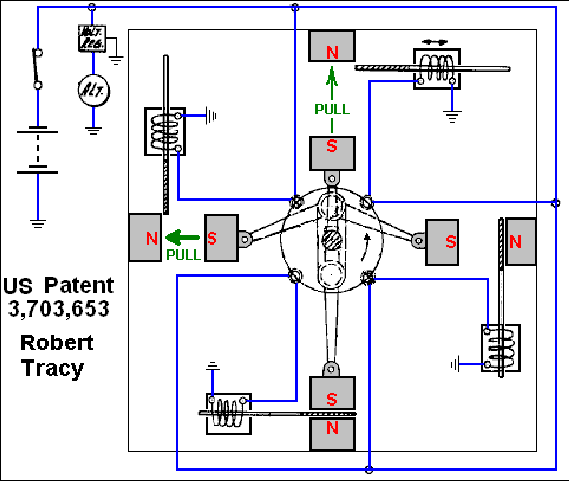
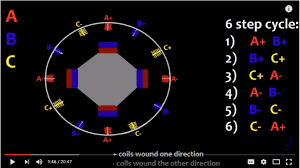
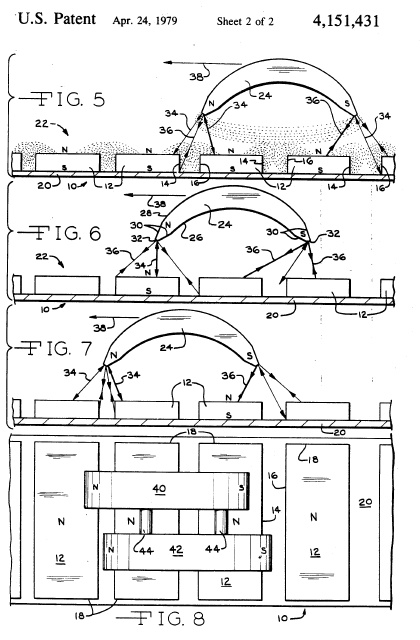
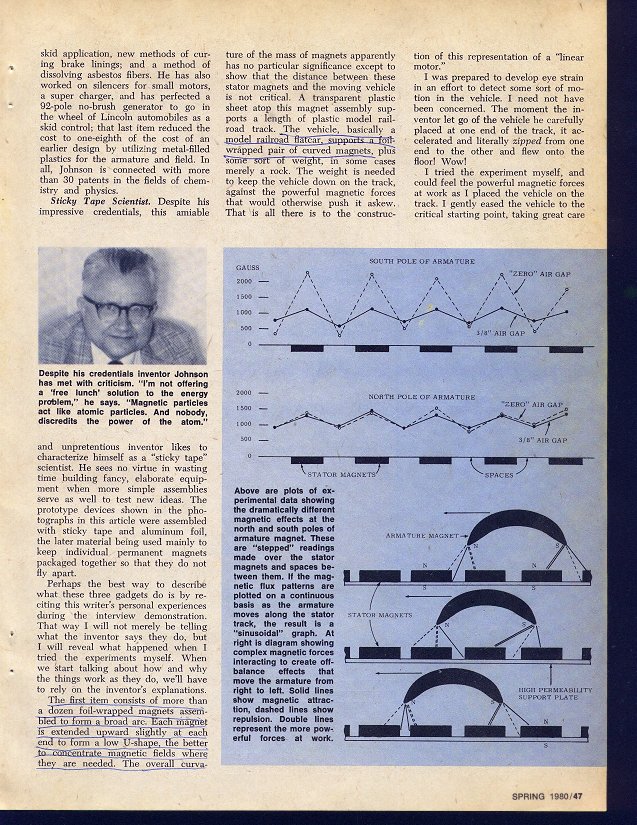

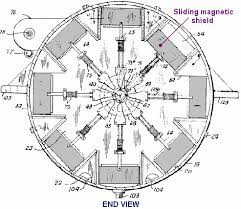

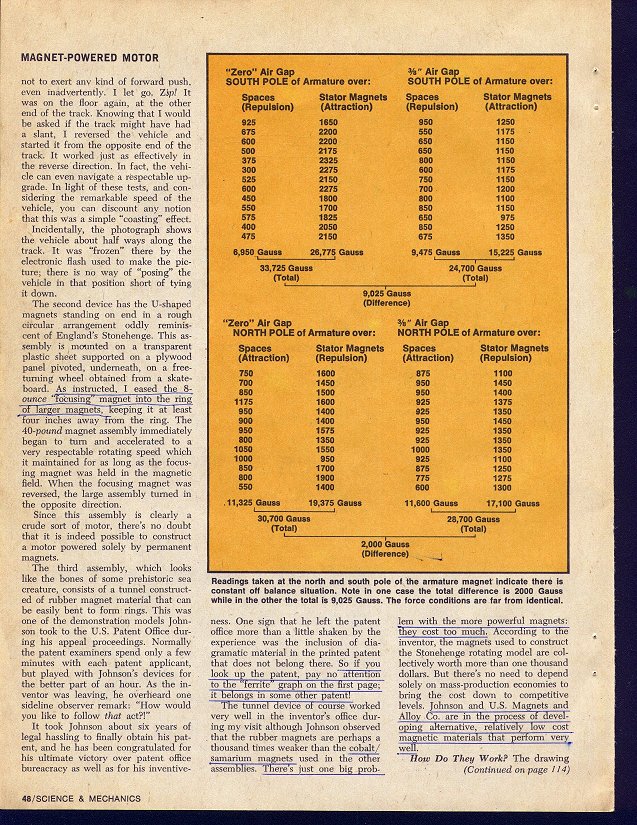
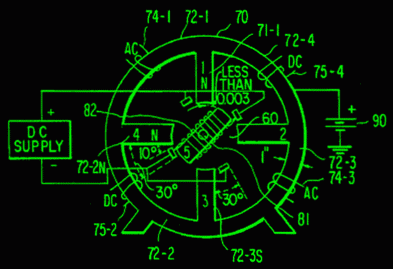
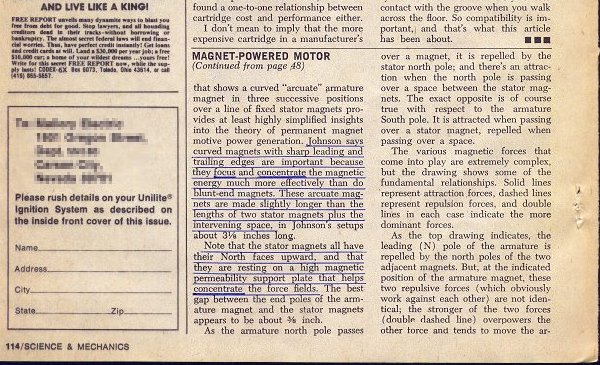
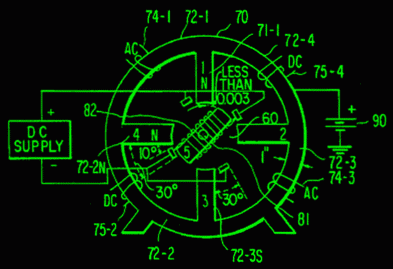
Post a Comment